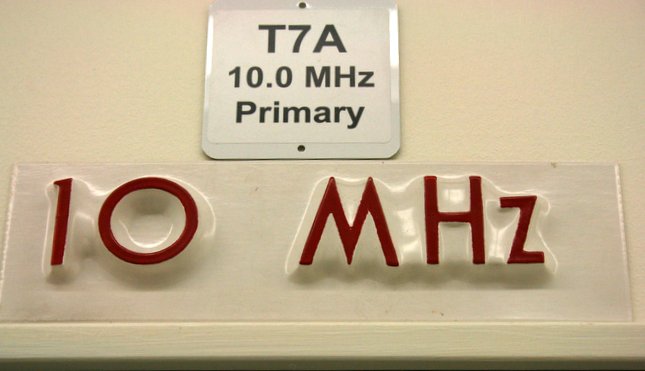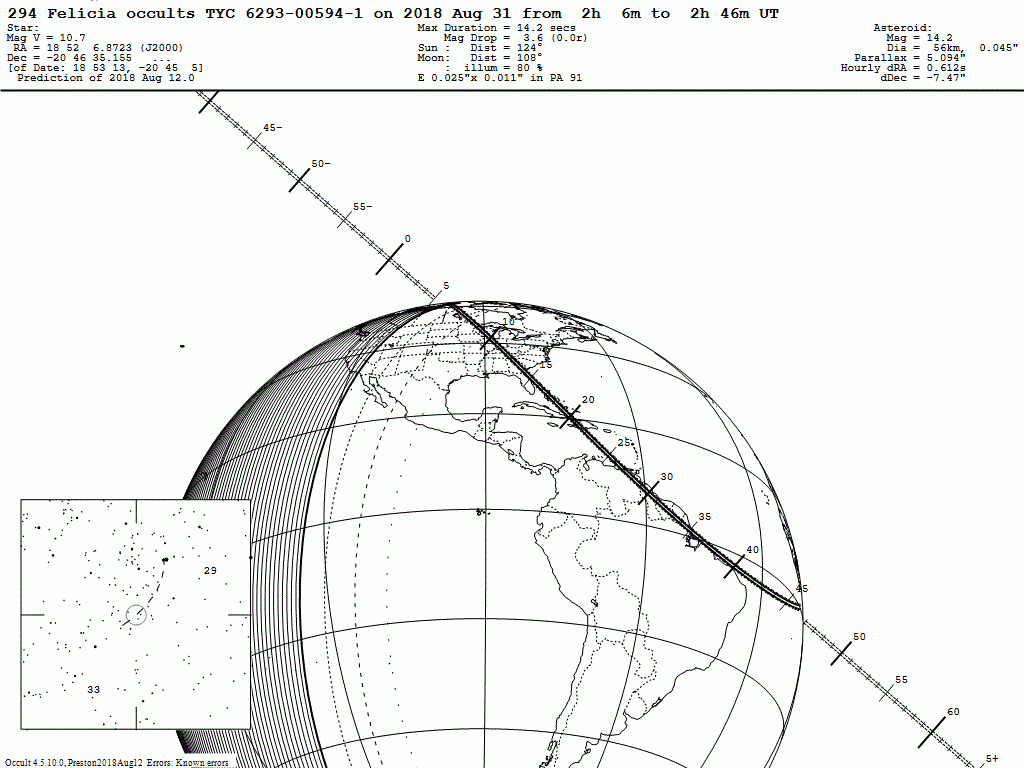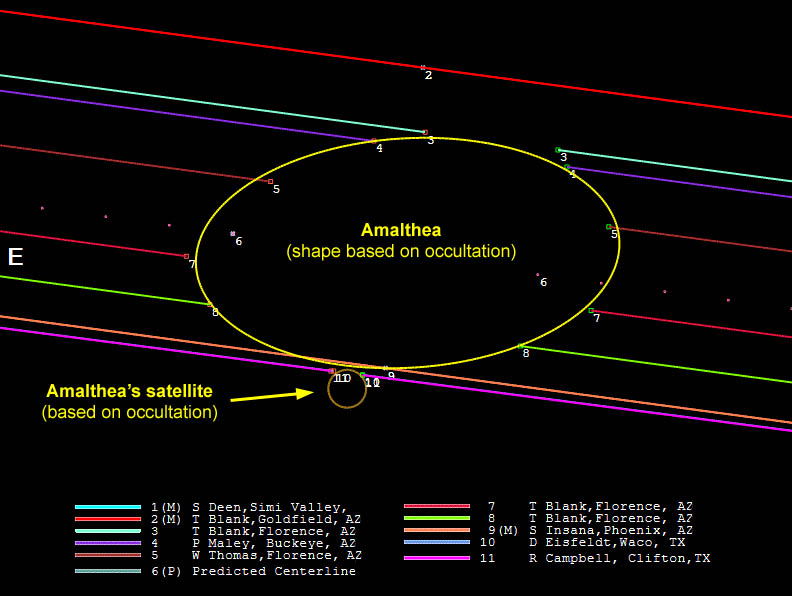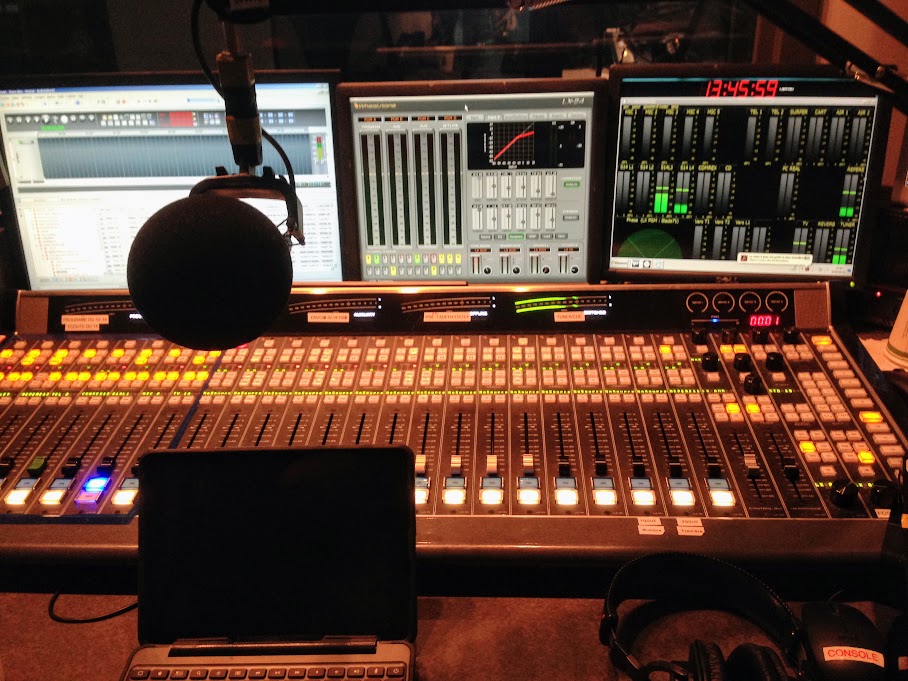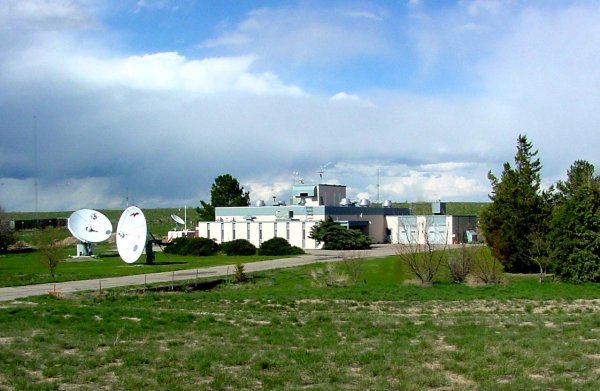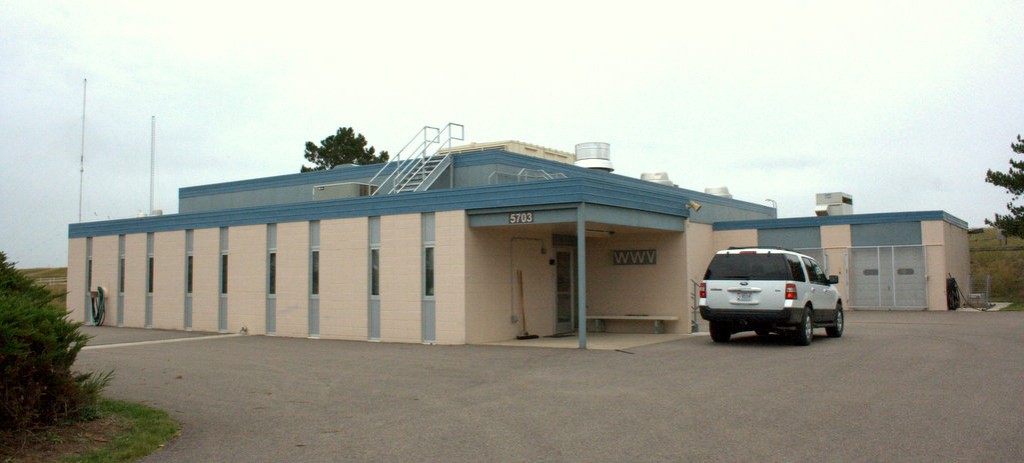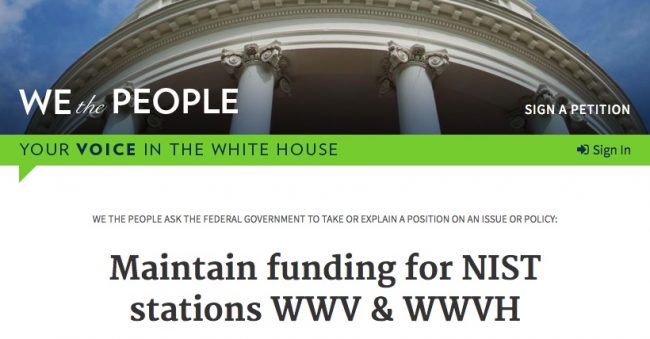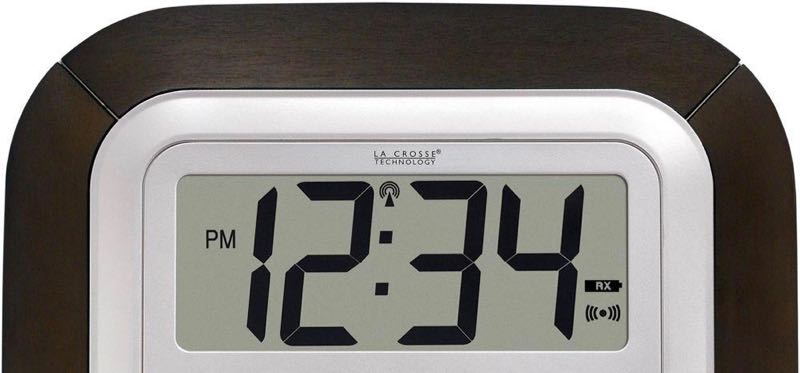
Do you have a self-setting “atomic” clock or watch?
Yep, so do I. A number of them. In fact, although I’m a tech geek of a sort, I don’t even know how many of my standard, everyday devices––devices I rely on every day––fall into this category…But I may find out soon.
Many of us own self-setting clocks known as “atomic” clocks. Indeed, a large portion of wall clocks, alarm clocks, and watches, not to mention weather stations, cameras, and potentially a number of other devices, have a built-in receiver that self-calibrates. And all of these sync to a radio station you use more than any other, yet likely have never heard of: NIST Time Signal Station WWVB in Fort Collins, Colorado.
Here’s the issue: WWVB, the atomic clock time signal station that synchronizes time devices, may be shut down next year if a presidential budget request passes as proposed.
WWVB is a time station operated by the National Institute of Standards and Technology (NIST) which derives its time from a system of atomic clocks with frequency uncertainty of less than 1 part in 1012.
Translation: How accurate is this time signal? Crazily, insanely accurate.
And that’s a good thing, as so many of the things we rely on all the time (and often take for granted) rely on it. WWVB provides a continuous 60 kHz carrier wave that, among other things, is employed by self-setting “atomic” clocks used by consumers and industry. WWVB receivers are embedded in so many consumer appliances from cameras to irrigation controllers, these devices depend upon the very accurate timing the station imparts.
Per the NIST:
For huge numbers of people in North America who spend their days in schools, offices, stores, factories and public facilities, the time of their lives comes from clocks controlled by a single radio station that few people have ever heard: WWVB in Ft. Collins, Colorado, operated by PML’s Time and Frequency Division.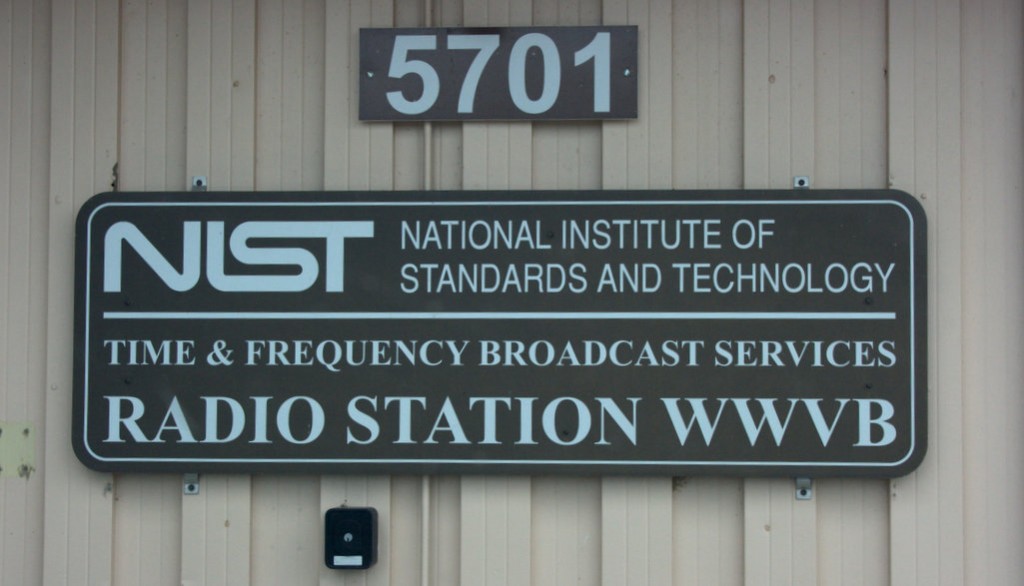
According to the latest estimates, there are at least 50 million radio-controlled clocks in operation (and another few million wristwatches) all receiving accurate time from WWVB’s 60 kHz broadcast—and approximately a million new commercial radio-controlled products are sold each year.[…]
Regular readers of the SWLing Post are already aware that the NIST Fiscal Year 2019 Presidential Budget Request includes a call to shutdown WWVB and two shortwave radio NIST time stations, WWV and WWVH.
What happens if WWVB is shut down?

This budget was not approved by Sir Topham Hatt!
If the budget is passed as proposed, after WWVB is closed your atomic clock synchronized devices will no longer be accurate, nor will they automatically be able to toggle the time between Standard to Daylight Savings Time.
They’ll continue to operate, albeit without a self-setting function…thus eventually leading, in the words of Thomas the tank engine’s ubiquitous station master, Sir Topham Hatt, to “confusion and delays.”
And, unfortunately, should the closure occur, there may not even be any public announcement to that effect.
But what does this have to do with us?
 These devices are so embedded in our lives here in North America, we scarcely notice them, and many consumers likely assume they’re set by the Internet.
These devices are so embedded in our lives here in North America, we scarcely notice them, and many consumers likely assume they’re set by the Internet.
They’re just an overlooked part of our lives that help keep us ticking––quite literally. Until a shutdown happens, we won’t know how many of the millions of devices that we rely upon will be affected. While there may be (arguably lesser) alternatives to this station’s time-setting provision, such as those provided by the Navy and the Internet, we will be without the one we rely upon most for accuracy.
The bottom line…
Something that belongs to all of us, and that we all rely upon to help us keep accurate time, may soon be taken away. If you feel strongly about keeping the atomic clock signal on the air, I urge you to contact your local representatives,and sign this White House petition.
Otherwise? Time will tell. Or not, as the case may be.

